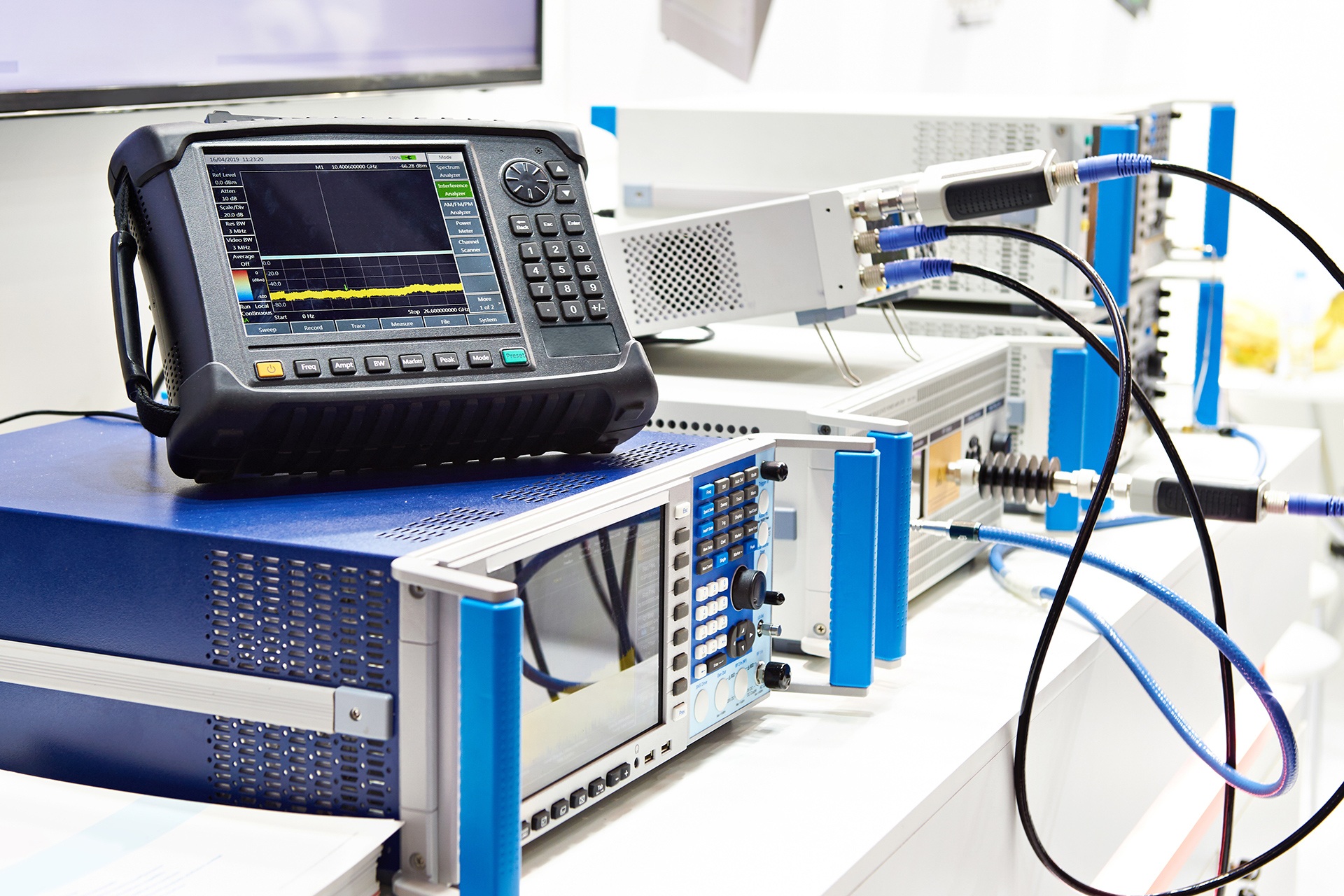You've possibly listened to the terms calibration, confirmation, and change made use of interchangeably in your office, however they're in fact 3 distinct processes that serve various objectives in keeping measurement precision. If you are accountable for quality assurance or instrument management, mixing up these principles can cause compliance problems, pricey blunders, and unreliable data. Recognizing when to make use of each process-- and why-- can change just how your company approaches measurement integrity onsite mechanical calibration and regulative compliance.What Is Calibration and Why Does It Matter?Precision drives every trusted measurement system, yet even the most innovative instruments drift from their desired accuracy in time. That's where calibration becomes essential.You're essentially comparing your test and measurement instruments against known reference criteria to determine their precision. This process doesn't include making modifications-- it's purely about documenting just how your equipment performs against established benchmarks.Calibration issues since it makes certain measurement traceability to national standards, which is essential for maintaining quality in your procedures. When you deal with approved calibration laboratories following ISO IEC criteria, you're establishing confidence in your data.This paperwork ends up being vital for regulatory compliance and quality control programs. Unlike confirmation or modification, calibration gives the foundational expertise concerning your instrument's present efficiency status.The Function of
Verification in Quality Assurance While calibration informs you how your instrument performs, confirmation verifies whether that performance satisfies your details requirements.You'll use confirmation as a quality assurance checkpoint to ensure your instruments maintain appropriate precision degrees between official calibration services. This process includes contrasting your instrument's measurements against known requirements to validate it's still running within your well established tolerances.Unlike certified calibration, verification does not require comprehensive documentation
or certificates. You're merely confirming your testing instruments have not wandered past appropriate limits.This streamlined process helps you catch measurement issues early, avoiding costly quality problems downstream. By carrying out regular verification timetables, you'll maintain confidence in your measurement process while expanding intervals between formal calibrations.Verification serves as your initial line of defense in keeping measurement integrity.When and Exactly how to Execute Instrument Adjustments When your verification results show measurements falling outdoors acceptable resistances, you'll need to execute instrument modifications to restore accuracy.These adjustments involve physical or digital modifications to your measuring equipment to bring analyses back within specifications.Before making modifications, you'll wish to identify the root cause of variances via methodical troubleshooting.Document all adjustment procedures and confirm results instantly afterward.If your instruments need complex modifications beyond your capabilities, contact accredited instrument calibration services or calibration and repair services.Professional top quality calibration services offer ISO IEC accredited calibration with thorough customer services support.They'll execute specific adjustments utilizing certified recommendation requirements, guaranteeing your precision measurements satisfy industry requirements.Key Differences In between These 3 Vital Procedures Although these 3 procedures interact to guarantee measurement precision, calibration, confirmation, and modification
offer definitely various objectives in your quality control system.Calibration services develop traceability by comparing your measuring equipment

versus licensed recommendation criteria, normally executed by approved calibration laboratories following ISO 17025 requirements.Verification confirms your laboratory instrument satisfies defined tolerances without making modifications, basically examining if it's still within appropriate limits.Adjustment entails physically changing your equipment's settings to deal with discrepancies and recover accuracy.You'll require certified calibration for legal compliance and precision dimensions, confirmation for regular quality checks, and adjustment only mechanical calibration when dimensions wander past specifications.Quality calibration services deal with the facility traceability demands, while you can commonly do confirmation and change in-house for your test and measurement activities.Best Practices for Application in Your Company Given that your company's measurement precision relies on organized execution, you'll require to establish clear protocols that specify when and just how to carry out calibration, verification, and modification activities.Start by partnering with certified calibration services that meet your industry's compliance needs. Produce recorded treatments defining measurement periods, precision resistances, and choice criteria for each process.Train your team to recognize
when confirmation confirms appropriate performance versus when modification ends up being needed. Execute a durable metrology management system that tracks instrument backgrounds and timetables preventative maintenance.Establish clear roles and duties, ensuring personnel comprehend these aren't compatible processes.Following these finest techniques
guarantees your company keeps measurement honesty while maximizing costs and minimizing downtime through tactical application of all 3 important processes.Conclusion You'll accomplish optimal instrument performance by carrying out calibration, confirmation, and modification as corresponding procedures instead of standalone tasks. Don't treat them mutually-- each offers a distinctive function in your quality management system. You're constructing measurement confidence through calibration's traceability, confirmation's validation, and change's precision corrections. Start documenting these processes methodically, and you'll maintain governing compliance while protecting against costly quality issues that might affect your company's credibility and bottom line.